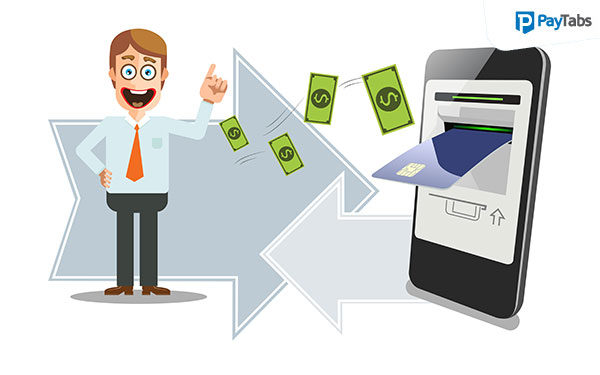Switching Your Payment Gateway
Posted on
 Most payment gateway changes are driven by a business’ need to support additional payment options or to accommodate growth. In some cases, merchants come across payment gateways that have more advanced features, are more professional looking, or offer a better experience for the customers.
Most payment gateway changes are driven by a business’ need to support additional payment options or to accommodate growth. In some cases, merchants come across payment gateways that have more advanced features, are more professional looking, or offer a better experience for the customers.
If you are wondering how to switch payment gateways and the effect switching gateways can have on merchant’s billing, then you are at the right place. Good news is that switching payment gateways is an extremely simple process and in most cases do not have any impact on the billing process. If you are switching payment gateways, here are few steps you need to follow in order to ensure a seamless transaction
First and Foremost, Check the Payment’s Gateway Compatibility with Your Store
Regardless of the reason for switching gateways, the first thing to ensure is that the payment gateway in consideration is actually compatible with your e-commerce store. It can get very problematic to find out that the gateway doesn’t work for your store after you have made the transition.
Review the Payment Options You will Be Adding or Removing
Moving on to the latest and most advanced payment gateway can bring great perks for your store, such as the ability to include payment wallets or direct integration via API. However, this can also mean that you will have to lose on some features that the new gateway may not be having. Therefore, it is important to evaluate what is being added or removed during payment gateway switching and weigh the pros (and cons) to be fully aware of what you are signing up for.
Consider the Change in Fees Structure
Most payment gateways charge a certain amount of fees. This can be on a monthly or yearly basis or on a commission basis where you pay a small transactional fee for every payment processed. Before making the transaction it is important to do the math to evaluate any increase or decrease in the fees. If the fee is absolutely going to decrease than the decision is easy.
However, an increase in fees is not always a bad thing. Sometimes an increase in fees can bring positive changes for your business. If you are getting access to more payment methods and to a gateway that is more secure and user-friendly, the switch is going to be worth it and you are more likely to get the money back in the long run.
Take Customer’s View Points in Consideration
Have you lost customers because they were unable to make payment through the current gateway? Or have your customers asked you to integrate additional payment methods?
In the end, it is the customer who is going to use the payment gateway and considering customer feedback can go a long way in improving the customer’s payment experience. If you have not collected any feedback yet, you can begin doing that now. Using social media pages like Facebook or Twitter to get customer’s can help you hear your customer out.
Plan for Any Possible Downtime
Once you have made your mind to switch the payment gateway, the final point to consider is whether changing gateways will bring any downtime for your store? If you don’t have provision to try out the new gateway prior to launch, you will need to figure out the best time to have a downtime. This should be the time during which you receive the lowest of traffic and sales.
The key is to think of a time that will have the least impact on the shopper. Instead of rolling out errors, you can create a landing page to inform your visitors that your store is temporarily down and will be back to service soon.
During this downtime, you can make the transition, test the gateway and take everything live. If you do have a test version of your store, test the new gateway thoroughly and by making demo transactions before deploying it for your store.
